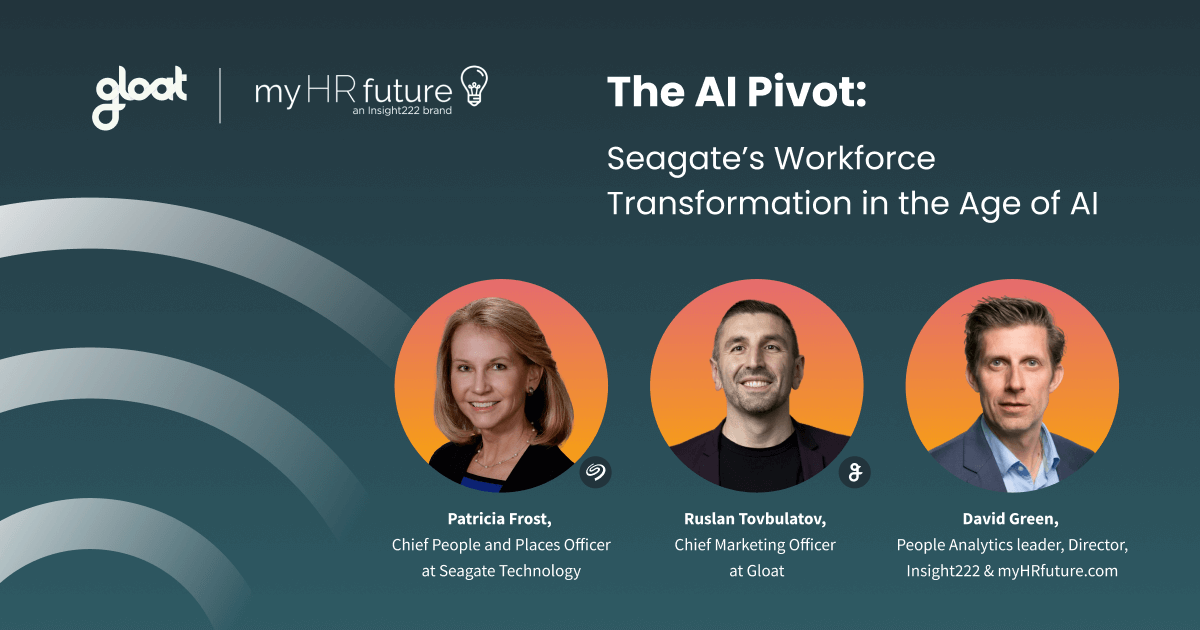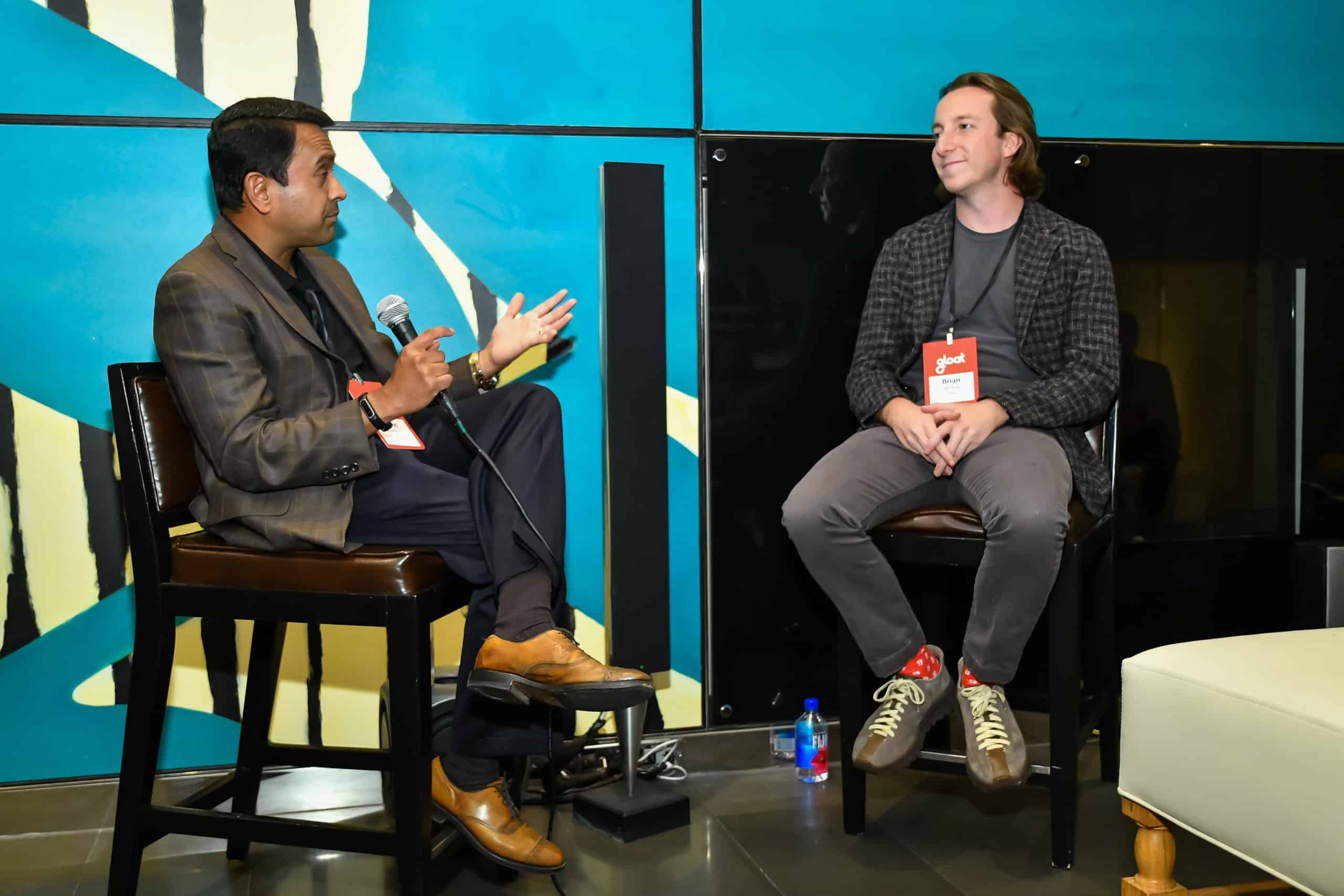How technology allows businesses to think slow quickly
Daniel Kahnemann's "Thinking, Fast & Slow" explains the need for data-driven decision making.

We know full well that human beings are not perfectly rational creatures who always make deliberate, evidence-based decisions, untainted by biases and irrational emotions. Indeed, 200,000 years of human history debunks the notion that cool calculation always wins out over our animal spirits.
But while most of us have come to accept this reality – some more grudgingly than others – there’s no denying that it can pose a vexing challenge for businesses. Optimizing performance and managing durable growth for both a company and its employees requires the very kind of calculated, systematic thinking that’s too often in short supply in the real world.
Take just two examples – our general bias against anything that challenges the status quo, and our tendency under pressure to make rash, impulsive decisions we’ll later regret. Both of these tendencies are major themes in the work of renowned psychologist and Nobel economics laureate Daniel Kahnemann.
As Kahnemann showed in his famed tome Thinking, Fast and Slow, we often think “fast” – rashly, impulsively, and irrationally – when we’d be better served thinking “slow” – deliberately, coolly, rationally. But what if businesses could enjoy the best of both worlds – the efficiency of thinking fast and the sound decision-making that results from thinking slow? They can – thanks to Artificial Intelligence.
Harnessing AI, companies can efficiently make data-driven decisions that reflect hard evidence, not faulty gut reactions. This will be felt especially in the field of HR, where fastly thinking slowly will be a boon to talent acquisition, retention, and employees’ internal mobility.
Optimize Your Prospects with Tech
A major theme of Kahnemann’s work is that relative positioning plays a major role in how people evaluate particular outcomes.
For instance, a software developer won’t simply compare his or her growth trajectory within the company to that of fellow software developers. Today’s employees increasingly demand opportunities for horizontal growth, whereby they are able to learn and execute tasks and responsibilities beyond the scope of their normal work. The software developer knows, for example, that to truly standout and enhance their capabilities and skills, he or she must do more than master the core elements of the role.
A growing number of employers are deploying AI to support internal talent mobility initiatives, generate customized schedules that both promote work-life balance and improve overall productivity, and provide actionable insights on employees’ performance. By facilitating more opportunities for internal growth, AI is able to prompt cool and rational decision-making processes by enabling employers to quickly respond to their employees individual needs. Likewise, AI talent experience platforms help employees think slowly at speed by presenting them with highly calculated opportunities for career development within the company.
Say the developer is assigned to a project that requires regular collaboration with the marketing team. This better aligns the work of both the software team and the marketing team, while instilling the software developer with the kinds of in-depth insights necessary to develop products that reflect the needs of target customers. As opposed to succumbing to making a rash and emotional driven decision to leave a role due to lack of progression or experience, AI can make employees think twice and propose alternative routes of development inside the company, saving companies millions in prevented turnover costs.
Innovation vs. The Status Quo
40 years ago, Kahnemann and Amos Tversky’s groundbreaking study “Prospect Theory: An Analysis of Decision under Risk,” meticulously demonstrated how human biases in favor of certainty and against perceived losses shape our decision-making about matters large and small. Simply put, they proved our comfort with the status quo trumped our courage to improve and maximize a situation.
In the business world, subsequent research laid out the implications for HR. Risk aversion extends to employers, too – for good and for ill. In a 1996 study, Scott Highhouse and Michael A. Johnson showed that when hiring managers interviewed job candidates, they (predictably) tended to weigh the candidates’ qualifications and attributes against those of the previous job incumbent. As expected, candidates were rejected if they were deemed to represent a net loss in performance compared to the previous jobholder.
But employers’ bias in favor of the status quo was such that even candidates who were judged to be improvements over the previous job holder weren’t favored over candidates who represented continuity. Such an approach necessarily hinders organizational performance over time, limiting the range of skill sets and experiences that could otherwise enhance both work output and company culture.
A solid AI program trained on abundant hiring data can help employers pinpoint the most qualified candidates for a position as well as part-time projects and mentorships. Sometimes the employees you need are actually within your own company currently undertaking a fundamentally different role. Harnessing AI can prompt employers to drastically change their hiring and talent management approaches and open their minds to internal hires previously unimagined. Moreover, by transcending the status-quo catch, AI and the effective use of data could solve employee “happiness” issues, by providing alternative pathways, solving a critical retention problem that is plaguing most modern corporations.
The kind of snap, intuition-based thinking that leads an interviewer to quickly write off a job candidate as a poor fit reflects the “fast” approach to thinking Kahnemann described in Thinking, Fast and Slow. By implementing AI technology, employers can benefit from the measured wisdom of slow thinking – with benefits that extend well beyond making better hiring decisions.
We humans may not be entirely rational beings, but by and large, we’re prospect-optimizing beings. We evaluate our options according to perceived gains and losses and how our outcomes stack up against those of our peers. This dynamic occasionally leads us to make head-scratching judgments – and in the business world, the cost of poor decision-making can be significant. But with AI at their side, employers can mitigate the inevitable flaws in human thinking and make smarter decisions that work for the good of the entire organization.
InnerMobility by Gloat is an AI-powered internal talent marketplace connecting employees with personalized career development opportunities including new positions, part-time projects, job swaps, and mentorships. It empowers employees to take control of their own careers and find their maximum productivity bliss within their current company while providing companies with unprecedented visibility to maximize their human capital and increase business growth.




